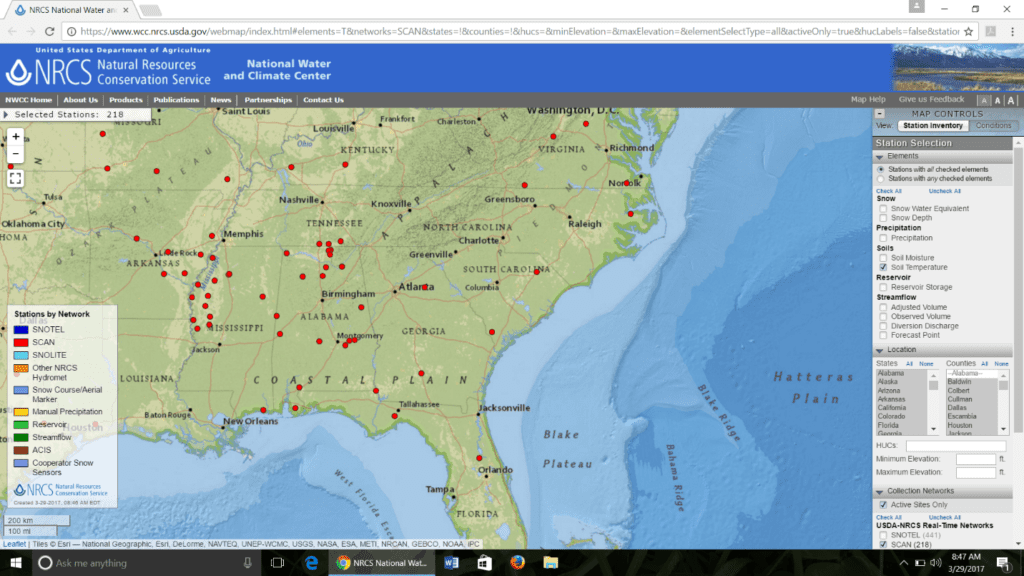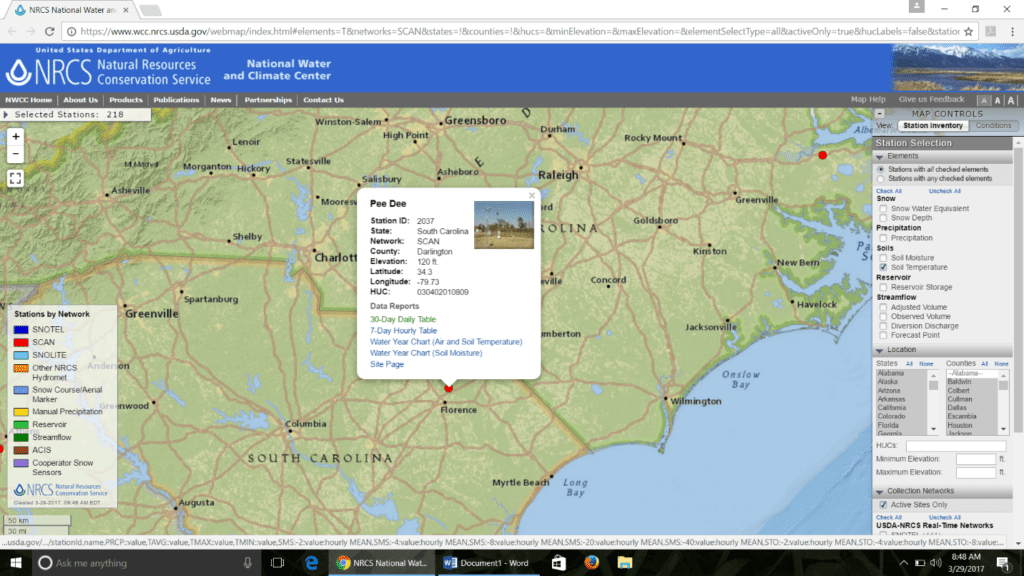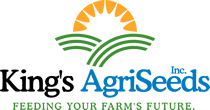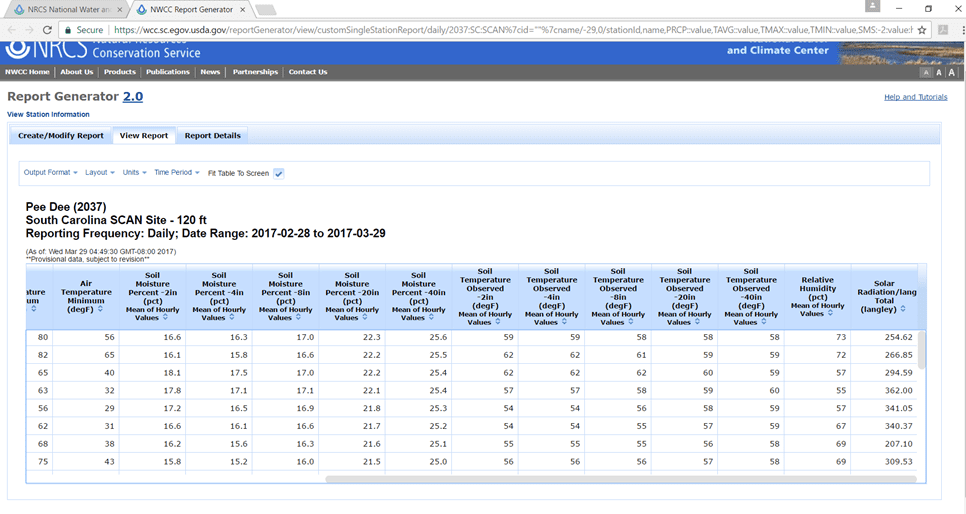By Paige Smart, Southeast AgriSeeds
Spring is my favorite season. After a long, gray winter there’s nothing more exciting than seeing the world a little greener. However, my eagerness for warmer temperatures always gets me in trouble. I’ll start leaving the house without a jacket and shopping for my summer plants. My confidence in Mother Nature is usually misplaced, and I’ll end up with frosted begonias, wishing I had a jacket. It seems every year I have to relearn the unpredictable weather patterns of the spring season. It’s easy to be eager to plant your summer annuals after a tough winter and several months without grazeable forage, but I encourage you to do a better job than I at remembering the spotty weather in March and April.
Seeds need just three things to germinate: moisture, oxygen, and the appropriate temperature. Think carefully about temperature- while it’s easy for us to think about air temperature, that seed will not be exposed to the air temperature until it emerges as a seedling post-germination. The soil temperature is what we should be focusing on when it comes to seed germination. A string of warm weather may only warm up the soil a few degrees, and a cold day or two may keep the ground temperature too low for warm season seed germination. For the majority of our summer annuals, the soil temperature needs to be 65 °F and rising for effective germination.
How exactly can we determine our soil temperature? If you have a glass thermometer lying around, you can place it 2” deep into the soil. After several minutes, check the indicated temperature. You don’t want to cheat yourself- check that soil temperature early in the morning before the sun has the chance to alter the soil temperature. You can check it multiple times throughout the day to get a high and low reading. If you get a reading of 65°F, check for the next few days to ensure the soil is holding that temperature.
If you don’t have a glass thermometer, there is a simple way to get an idea of your soil temperature. The Natural Resources Conservation Service (NRCS) has an online tool called the Soil Climate Analysis Network (SCAN). Through this tool, you can see about 11 different climate parameters from their stations. There is not an extensive amount of stations across the Southeast, but noting the location of these stations relative to where you farm will allow you to have a better idea of when your soil temperatures may be appropriate for planting. For example, if you live near Columbia, South Carolina, there is no station in that immediate area. However, I know that my climate is very similar to the Pee Dee region. Simply click the red dot that indicates the climate station in the Pee Dee region. 

From here, you can choose to see the hourly data from the past week or the daily averages from the last month. For this example, I chose to look at the averages from the last 30 days. As you get closer to the appropriate planting temperature, you may want to check out the 7 day hourly data to get a reading of the soil temperature early in the morning as opposed to the daily average. When you select 30-Day Daily Table, the following pops up on your browser. There is a lot of data here, but what we are most interested in as it pertains to planting summer annuals is Soil Temperature at 2”. The dates will be listed on the left side, with the most recent date being at the bottom of the page. You’ll have to scroll the page to the right to see the soil temperature column.

If you take a look at that second soil temperature, you’ll see a reading of 62°F for two consecutive days. While it may seem silly to get bent out of shape about three degrees, look at what happened for the next two days. We got colder air temperatures resulting in cooler soil temperatures the next few days. This is a perfect example of why it is so critical to see several days of 65° F and rising soil temperatures. These summer annuals are not able to survive cold snaps, and while the “early bird gets the worm”, if we plant these summer annuals too early, we can end up hindering the productivity or even losing the stand. Pay attention to your soil temperatures and respect your frost free dates. We are so fortunate to have such a variety of tools available to us to make it easier to be more successful farmers. Utilize these tools to help you optimize your productivity.
Speak to an expert at King’s AgriSeeds now at 1-717-687-6224 or email us at [email protected].


1 Comment. Leave new
Great article I was just thinking this weekend about how to know what temp soil is and when to plant my summer annuals. Last year I jumped the gun and think it hurt my yield. Thanks for all your hard work and info.